Bankruptcy Basics: Breaking Down the Myths and Realities
by Luke Homen
Video Transcript
Understanding Bankruptcy: A Comprehensive Guide to Financial Relief and Fresh Starts
What exactly is bankruptcy and how does it work?
Bankruptcy is essentially like filing a giant tax return. It involves submitting a 70-page petition showing the court that you need financial relief. The process includes providing detailed financial documentation, similar to an enhanced tax return process, but with more comprehensive information about your financial situation.
Why does bankruptcy carry such a negative stigma?
The negative perception comes primarily from two sources. First, creditors perpetuate these misconceptions because they profit from keeping people in debt through continuous loan churning and aggressive collection practices. Second, it stems from outdated thinking about borrowing money from neighbors versus today’s predatory lending practices with high interest rates, penalties, and fees that make debt repayment nearly impossible.
How can bankruptcy help rebuild credit faster?
About 40% of your credit score is affected by existing bad debt. When bankruptcy eliminates significant debt (for example, $40,000), new lenders become first in line rather than behind existing creditors. This makes you a more attractive borrowing candidate since you’re no longer burdened by years of accumulated debt.
What types of debt can bankruptcy handle?
Bankruptcy can address various types of debt, including:
- Credit card debt
- Medical bills
- Payday loans
- Vehicle repossessions
- Student loans (in certain cases)
- Tax debt (under specific conditions)
- Personal loans
- Signature loans
What happens immediately after filing bankruptcy?
The moment you file, powerful federal protections take effect. Creditors must cease all collection attempts – no calls, letters, lawsuits, or any form of debt collection. Violations of these protections can result in significant penalties imposed by the bankruptcy court.
What resources are available during and after bankruptcy?
Clients receive:
- Mandatory credit counseling before filing
- Financial management class after filing
- Complimentary credit repair services
- Financial health educational materials
- Free initial consultation
- Ongoing support throughout the process
How do I take the first step toward bankruptcy?
Start with a free consultation. Most bankruptcy attorneys offer initial conversations at no cost to help understand your situation and determine if bankruptcy is the right solution. The process typically begins with a brief scheduling call followed by more detailed discussions with paralegals and attorneys who can provide personalized guidance based on your specific circumstances.

Attorney Luke Homen is the President of Convenient Bankruptcy. He places great value on helping individuals and families solve their financial challenges and achieve real financial freedom. His goal is to find a customized solution that fits each client’s unique situation. Luke has been practicing law since 2008, and was voted “Best Bankruptcy Attorney in Oklahoma” by The Oklahoman in the Reader’s Choice Awards.

